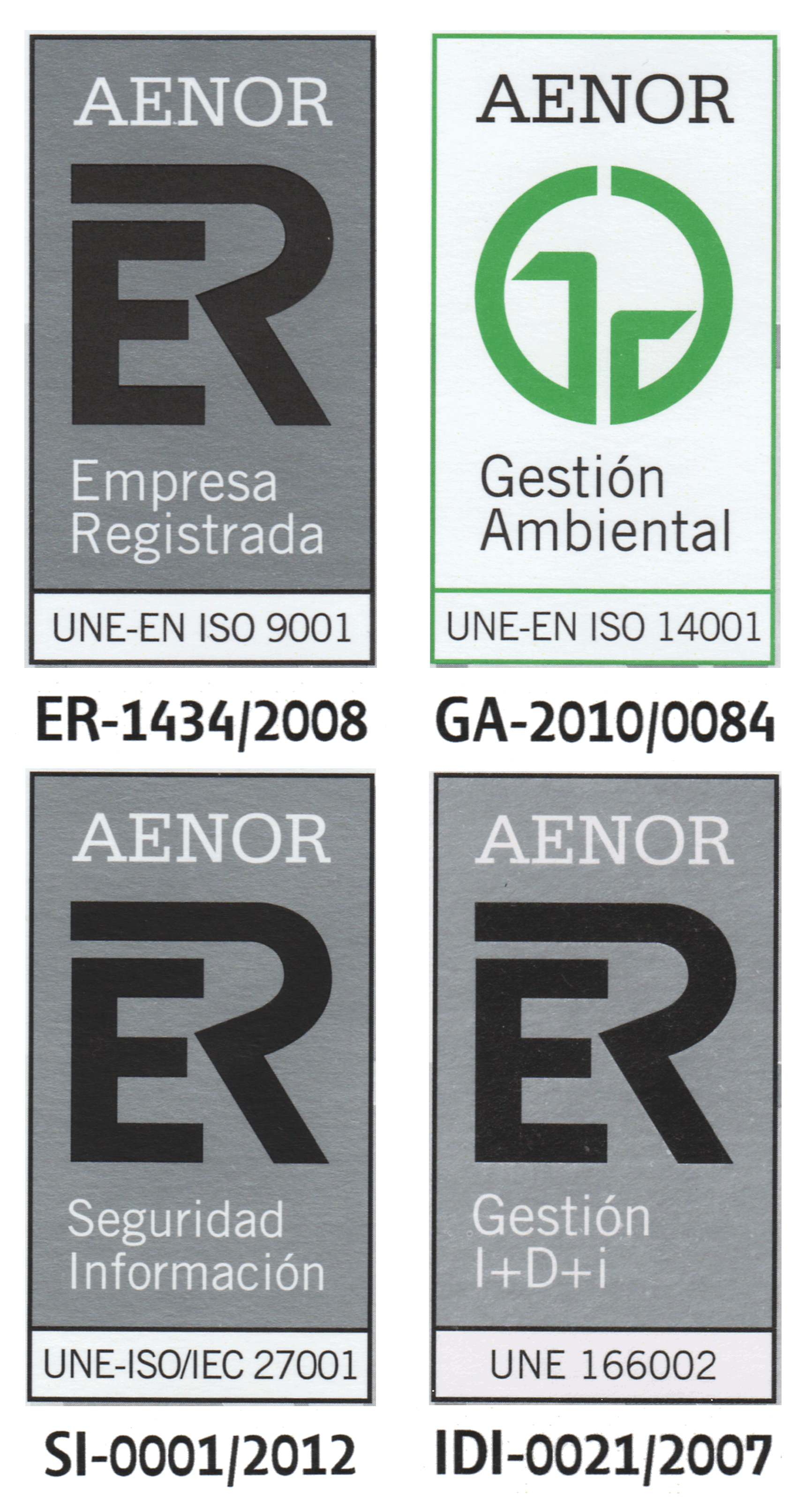(2003). Recent Computability Models Inspired from Biology: DNA and Membrane Computing.
Theoria. 18(46), 71-84.
(2007). Computing morphisms by spiking neural P systems.
International Journal of Foundations of Computer Science. 18(6), 1371-1382. Abstract
(2010). The Oxford Handbook of Membrane Computing.
Oxford University Press. xiv+664. Abstract
(2013). Bridging Membrane and Reaction Systems – Further Results and Research Topics.
Fundamenta Informaticae. 127(1-4), 99-114. Abstract
(2002). P systems on graphs of restricted forms.
Publicationes Mathematicae Debrecen. 60, 635-660.
(2008). Special issue on membrane computing fifth brainstorming week on membrane computing.
Fundamenta Informaticae. 87(1), 1-2.
(2010). Computability Elements for Membrane Computing.
(, Ed.).The Oxford Handbook of Membrane Computing. 58-82.
(2012). Languages and P Systems: Recent Developments.
Tenth Brainstorming Week on Membrane Computing. II, 61-74. Abstract
(2010). Membrane Computing and Programming.
Journal of Logic and Algebraic Programming. 79(6), 289-290.
(2004). Membrane Computing: Some Non-standard Ideas.
Lecture Notes in Computer Science. 2950, 322-337. Abstract
(2002). On the Reachability Problem for P System with Porters.
10th International Conference on Automata and Formal Languages. 1-3.
(2011). Towards bridging two cell-inspired models: P systems and R systems.
Ninth Brainstorming Week on Membrane Computing. 305-316. Abstract
(2002). The power of communication: P systems with symport/antiport.
New Generation Computing. 20(3), 295 - 305 . Abstract
(2008). Natural computing. Between necessity and fashion .
International Journal of Computers, Communications and Control. 3(Proceeding), 119-120. Abstract
(2008). From cells to (silicon) computers, and back.
(, Ed.).New Computational Paradigms. 343-371. Abstract
(2012). P automata revised.
Theoretical Computer Science. Abstract
(2004). Theory is Forever.
Lecture Notes in Computer Science. 3113, X+283.
(2004). Membrane Computing (After the Second Brainstorming Week on Membrane Computing).
Bulletin of the European Association for Theoretical Computer Science. 73, 159-170.
(2008). Spiking Neural P systems: An overview.
(, Ed.).Advancing Artificial Intelligence through Biological Process Applications . 59-72. Abstract
(2008). Membrane computing and brane calculi. Old, new, and future bridges.
Theoretical Computer Science. 404(1-2), 19-25. Abstract
(2007). Spiking neural P systems with astrocyte-like control.
Journal of Universal Computer Science. 13(11), 1707-1721. Abstract
(2002). A guide to membrane computing.
Theoretical Computer Science. 287(1), 73 - 100 . Abstract
(2005). Membrane Computing. Main ideas, basic results, applications.
Molecular Computation Models: Unconventional Approaches. 1-31.
(2004). P systems with tables of rules.
(, Ed.).Lecture Notes in Computer Science. 3113, 235-249.


 ]
] 
